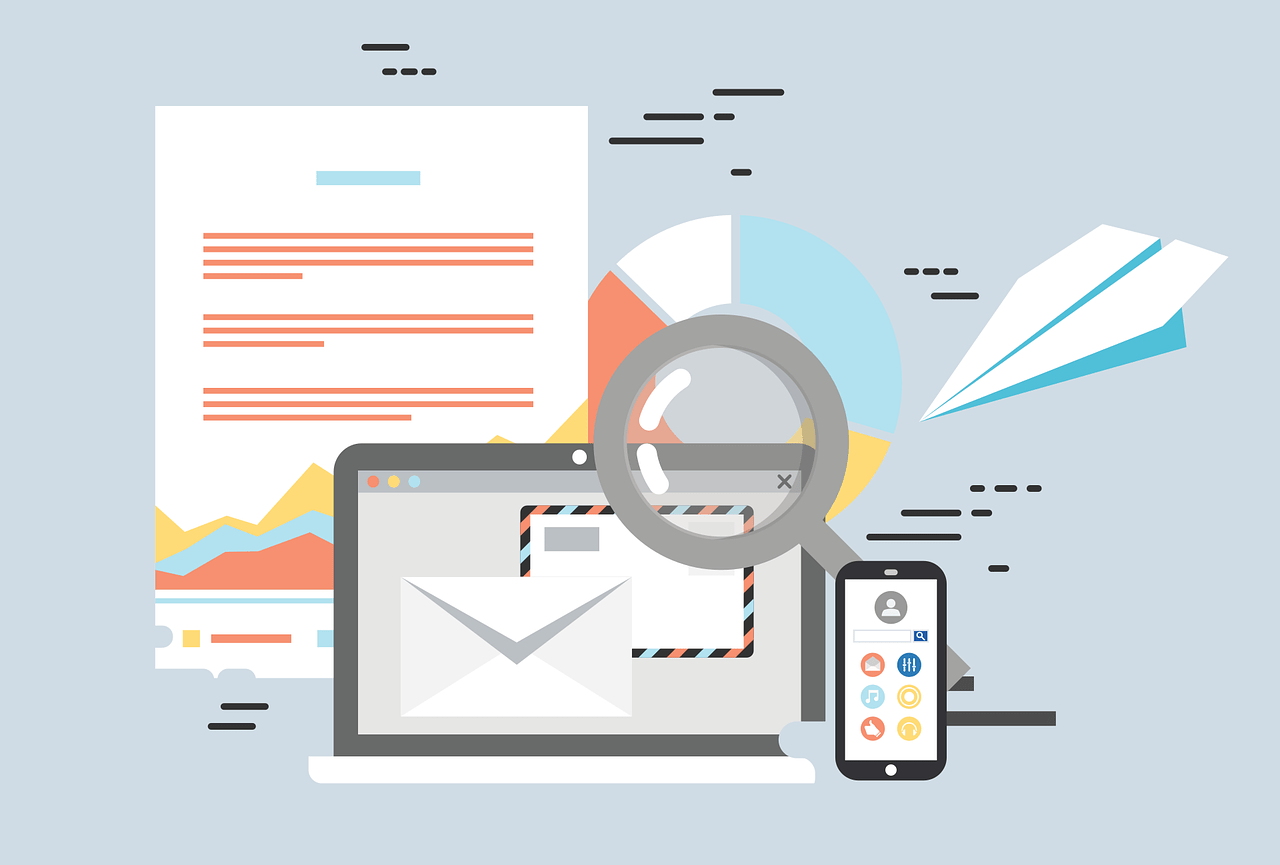Small businesses are constantly striving to make their mark and stand out amidst the competition. One powerful strategy that has proven to be a game-changer in the world of digital marketing is Content Marketing. And within the realm of Content Marketing, there’s a valuable technique that often goes overlooked by small businesses – Content Mapping. In this article, we’ll explore what Content Mapping is, why it’s crucial for small businesses, and how to effectively implement it as part of your marketing strategy.
What is Content Mapping?
Content Mapping is a strategic approach to content creation that involves aligning your content with the specific needs and preferences of your target audience at different stages of their buyer’s journey. It’s essentially a visual representation of your content strategy, outlining the type of content that will resonate with your audience at each stage of their interaction with your brand.
The Buyer’s Journey
Before delving deeper into Content Mapping, let’s briefly touch upon the concept of the buyer’s journey. It typically consists of three main stages:
- Awareness: At this stage, potential customers become aware of a problem or need they have. They are seeking information and solutions.
- Consideration: During the consideration stage, prospects are evaluating their options. They are looking for more detailed information about how to solve their problem.
- Decision: In the decision stage, prospects are ready to make a purchase decision. They are comparing specific products or services and need that final nudge to convert.
Why Content Mapping Matters for Small Businesses
Now that we understand what Content Mapping is, let’s discuss why it’s essential for small businesses.
1. Targeted Content
Small businesses often have limited resources. Content Mapping allows them to create content that directly addresses their audience’s needs at each stage of the buyer’s journey. This targeted approach ensures that your content is more effective in driving conversions.
2. Improved Engagement
By aligning your content with your audience’s journey, you increase the likelihood of engagement. When your content resonates with their current needs and concerns, they are more likely to interact with it, whether it’s reading a blog post, watching a video, or signing up for a newsletter.
3. Increased Conversions
Content Mapping can significantly boost conversion rates. When your content speaks directly to your audience’s pain points and offers solutions, it becomes a powerful tool in convincing them to choose your product or service.
How to Implement Content Mapping
Implementing Content Mapping for your small business involves several key steps:
1. Know Your Audience
Begin by conducting thorough research to understand your target audience’s needs, preferences, and pain points. Create detailed buyer personas to guide your content creation.
2. Identify Buyer’s Journey Stages
Map out the stages of your customer’s journey, from awareness to decision. Understand what questions and concerns they have at each stage.
3. Create Relevant Content
Based on your research, start creating content that addresses the specific needs of your audience at each stage. This can include blog posts, infographics, videos, and more.
4. Use the Right Channels
Determine where your audience spends their time online and distribute your content through those channels. This could be social media, email marketing, or your website.
5. Analyze and Adapt
Regularly analyze the performance of your content. Are you seeing engagement? Are you driving conversions? Use analytics tools to make data-driven decisions and adapt your strategy accordingly.
Conclusion
Content Mapping is a powerful tool in the arsenal of small businesses looking to make a big impact in the digital realm. By aligning your content with your audience’s journey, you can create a more engaging and effective marketing strategy. Remember, the key is to understand your audience, create relevant content, and adapt as you go.
FAQs
- What is the main benefit of Content Mapping for small businesses? Content Mapping helps small businesses create targeted content that resonates with their audience, leading to improved engagement and increased conversions.
- How do I identify the stages of the buyer’s journey for my audience? Research your audience thoroughly, create buyer personas, and understand their needs and concerns at each stage.
- What types of content are suitable for Content Mapping? Content Mapping can include various types of content, such as blog posts, infographics, videos, and email newsletters.
- Is Content Mapping a one-time strategy, or should it be constantly updated? Content Mapping should be regularly analyzed and adapted based on the performance of your content and the changing needs of your audience.




